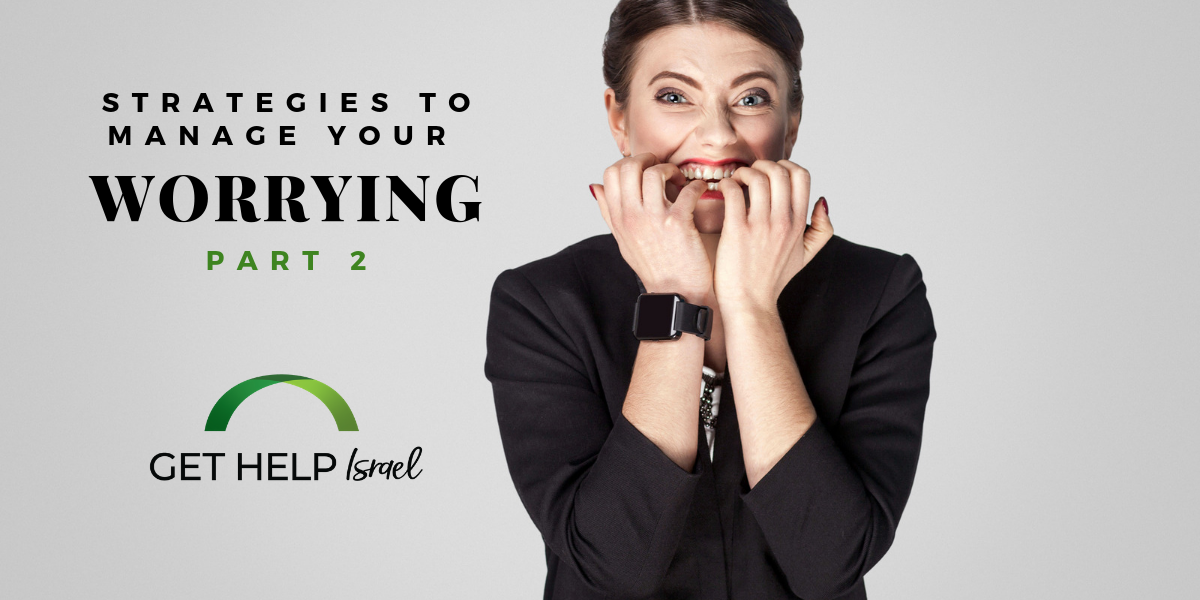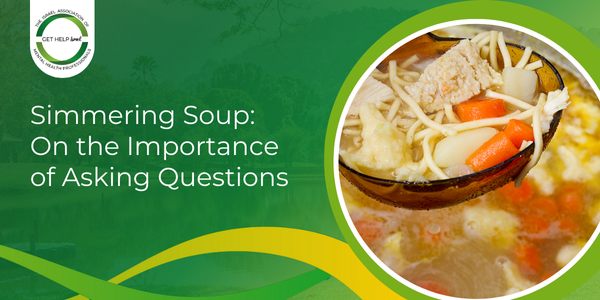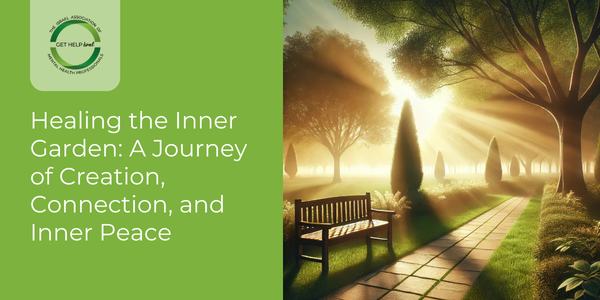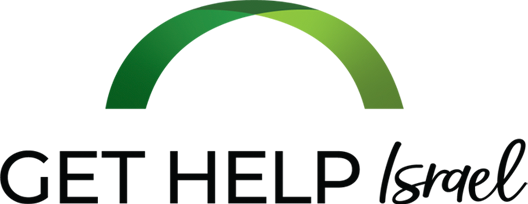The firm of Aboulafia, Avital, Shrensky & Co. is a leading international accounting firm in Israel.
Our firm has the ability to provide one-stop tax and business structure planning and implementation for individuals and businesses with multi-country tax planning and compliance issues. Led by expert CPAs, certified in Israel, UK, USA & France.

.png)
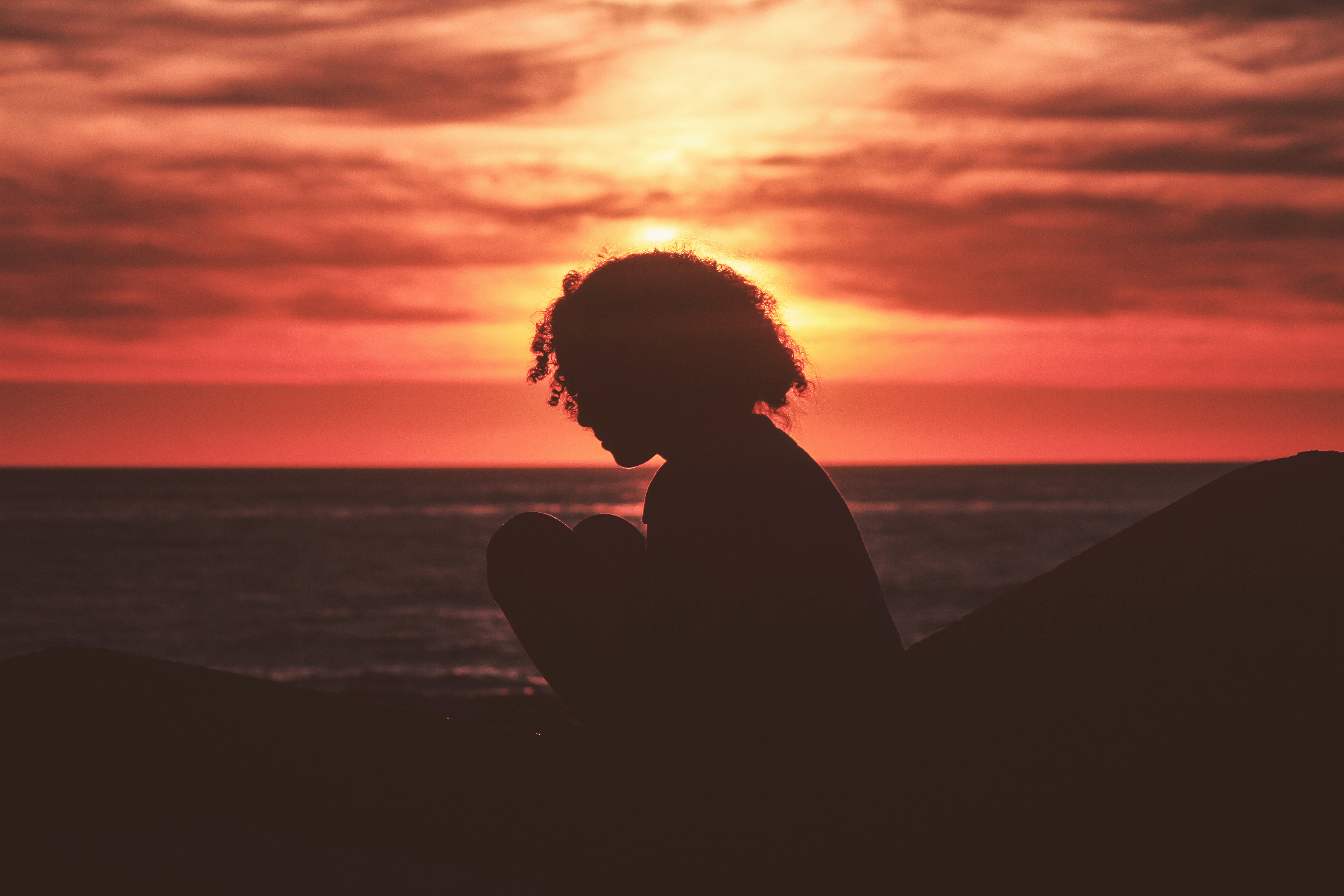




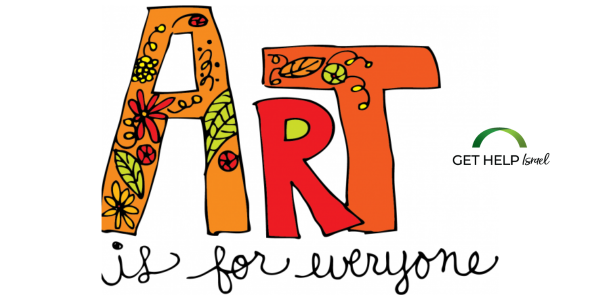
.png)
.png)
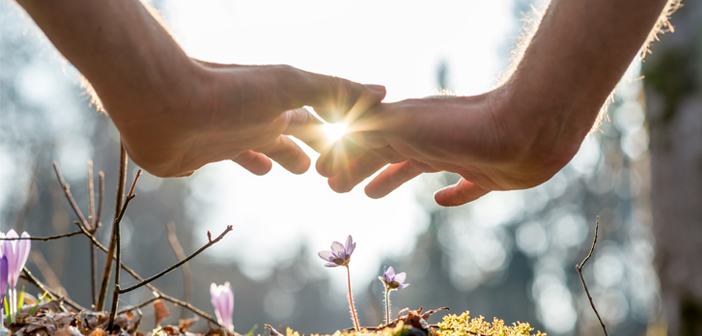
.png)

